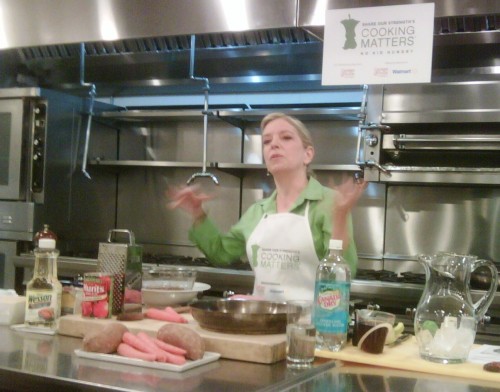Are sugars toxic? Should they be regulated?
Nature, the prestigious science magazine from Great Britain, has just published a commentary with a provocative title–The toxic truth about sugar—and an even more provocative subtitle: Added sweeteners pose dangers to health that justify controlling them like alcohol.
The authors, Robert Lustig, Laura Schmidt and Claire Brindis, are researchers at the University of California medical center in San Francisco (UCSF).
They argue that although tobacco, alcohol and diet are critically important behavioral risk factors in chronic disease, only two of them—tobacco and alcohol—are regulated by governments to protect public health.
Now, they say, it’s time to regulate sugar. By sugar, they mean sugars plural: sucrose as well as high fructose corn syrup (HFCS). Both are about half fructose.
Their rationale?
- Consumption of sugars has tripled over the last 50 years.
- Many people consume as much as 500 calories a day from sugars (average per capita availability in the U.S. is about 400 calories a day)
- High intake of fructose-containing sugars induce metabolic syndrome (high blood pressure, insulin resistance), diabetes, and liver damage.
- Sugars have the potential for abuse.
- Sugars have negative effects on society (mediated via obesity).
- Too much of a good thing can be toxic.
Therefore, they argue, societies should intervene and consider the kinds of policies that have proven effective for control of tobacco and alcohol:
- Taxes
- Distribution controls
- Age limits
- Bans from schools
- Licensing requirements
- Zoning ordinances
- Bans on TV commercials
- Labeling added sugars
- Removal of fructose from GRAS status
In a statement that greatly underestimates the situation, they say:
We recognize that societal intervention to reduce the supply and demand for sugar faces an uphill political battle against a powerful sugar lobby, and will require active engagement from all stakeholders.
But, they conclude:
These simple measures — which have all been on the battleground of American politics — are now taken for granted as essential tools for our public health and well-being. It’s time to turn our attention to sugar.
What is one to make of this? Sugar is a delight, nobody is worried about the fructose in fruit or carrots, and diets can be plenty healthy with a little sugar sprinkled here and there.
The issue is quantity. Sugars are not a problem, or not nearly as much of a problem, for people who balance calorie intake with expenditure.
Scientists can argue endlessly about whether obesity is a cause or an effect of metabolic dysfunction, but most people would be healthier if they ate less sugar.
The bottom line? As Corinna Hawkes, the author of numerous reports on worldwide food marketing, wrote me this morning, “there are plenty of reasons for people to consume less sugar without having to worry about whether it’s toxic or not!”



